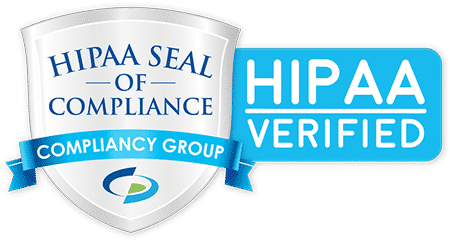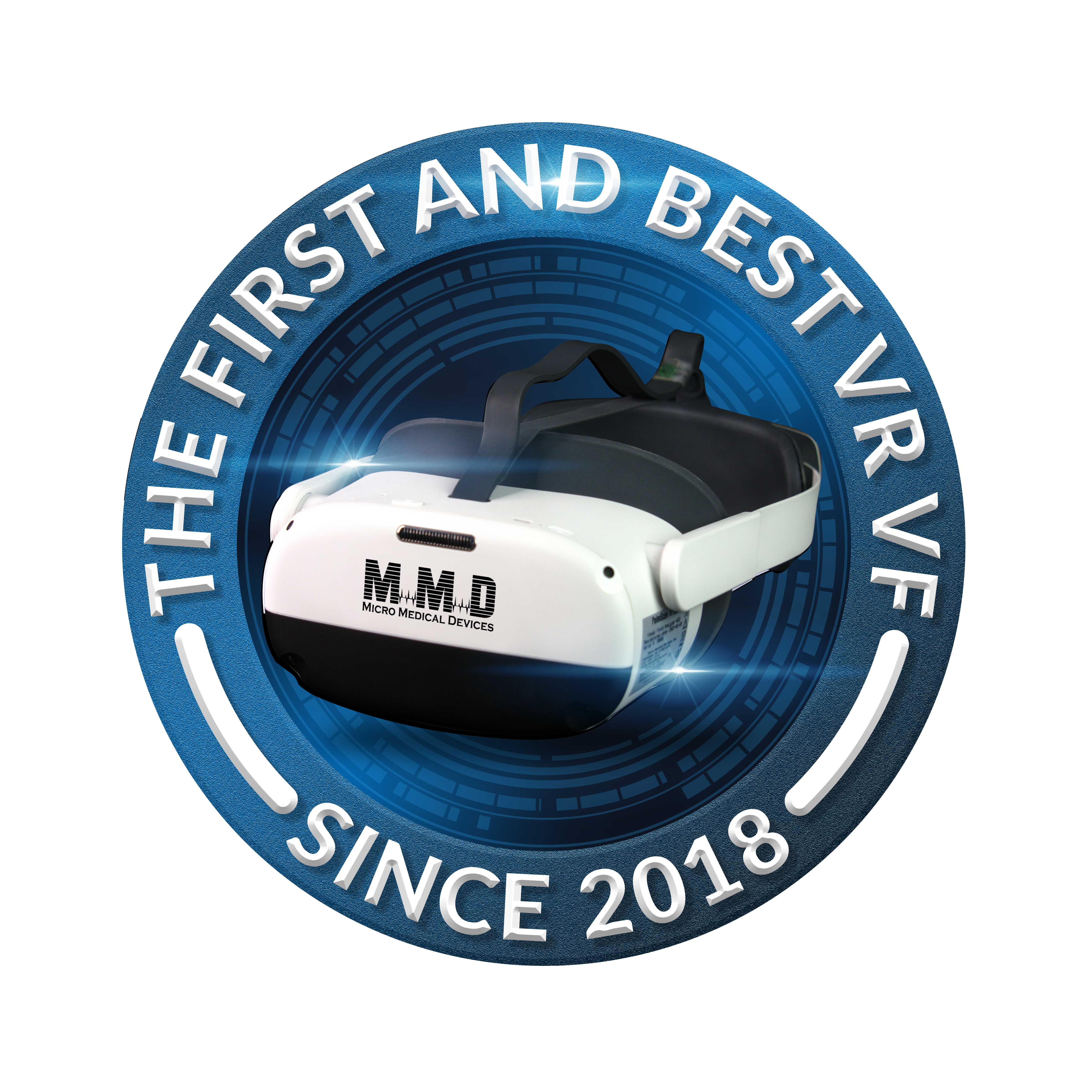Switching from a traditional bowl perimeter to a virtual visual field device is one of the most rewarding upgrades an eye care practice can make. Modern virtual reality perimetry (VR perimetry) systems offer portability, shorter test times, and improved patient comfort — while maintaining the accuracy clinicians rely on for glaucoma, neuro-ophthalmic, and retinal disease monitoring.
However, this transition requires one crucial step for continuity and diagnostic integrity: re-baselining patients. Establishing new baselines ensures accurate comparison of future visual field results and prevents misinterpretation of progression data. In this guide, we’ll outline best practices for re-baselining when adopting virtual field technology, while also highlighting how to integrate complementary diagnostics such as biometry, Pachymetry, and B-Scan for comprehensive care.
1. Why Re-Baselining Is Necessary
Every perimetry system — whether traditional or virtual reality, visual field-based — uses unique testing algorithms, stimulus settings, and fixation monitoring systems. As a result, switching devices can produce subtle differences in results that are not due to disease progression.
For example:
-
- Virtual perimetry often uses suprathreshold or threshold strategies with faster response times.
- VR visual field systems employ adaptive algorithms and different background luminance settings.
- Headset-based optics eliminate peripheral glare, potentially improving patient responses.
Re-baselining creates a new “zero point” for comparison — ensuring that future changes reflect true physiological variation rather than differences between technologies.💡 Think of it as resetting your calibration for each patient’s functional map.
2. Understanding the Transition to Virtual Perimetry
Virtual field and virtual reality perimetry devices, such as those from Virtual Field, replicate standard automated perimetry functions within a vision virtual reality headset.
Key advantages include:
-
- Faster tests: 2–4 minutes per eye (vs. 6–8 minutes with traditional perimeters).
- Portability: No darkroom or fixed setup required.
- Improved comfort: Natural head position and less fatigue.
- Automatic EMR integration: Reports are instantly uploaded for compliance and comparison.
These advancements improve workflow efficiency, but they also require careful baseline alignment during the initial phase of implementation.
3. Step-by-Step Guide to Re-Baselining Patients
Step 1: Identify Candidates for Re-Baselining
Prioritize patients with:
-
- Established glaucoma or ocular hypertension
- Ongoing neuro-ophthalmic monitoring
- Known field defects (e.g., hemianopia, scotoma)
- Active post-surgical management cases (CXL, retinal, or cataract surgery)
- Established glaucoma or ocular hypertension
Step 2: Perform Side-by-Side Testing
Run one last test on the legacy system and then immediately perform a virtual visual field exam on the new VR perimetry device.
Compare pattern deviation, mean deviation (MD), and visual field index (VFI) to determine baseline alignment.
Step 3: Adjust Interpretation Parameters
Differences may exist due to:
-
- Luminance calibration
- Pupil size during testing
- Eye movement tracking sensitivity
Use this initial session to create a reference map unique to the virtual field system.
Step 4: Establish the Virtual Baseline
Designate the first virtual perimetry result as the new baseline.
Label it clearly in the EMR: “Virtual Field Baseline (2025).”
Future comparisons should be made only against this new baseline — not legacy data.
Step 5: Update Patient Education and Documentation
Explain to patients that a new device is being used to improve accuracy and comfort, and that future results will be compared within the same system.
4. How to Ensure Accuracy During Re-Baselining
Accuracy during re-baselining is critical for meaningful follow-up.
Here are some best practices to standardize testing conditions:
| Factor | Best Practice |
| Lighting | Keep room light consistent (avoid glare even with VR headsets). |
| Fixation Monitoring | Ensure proper calibration and use built-in gaze tracking. |
| Pupil Dilation | Avoid testing immediately post-dilation. |
| Refractive Correction | Verify proper correction for near target (especially with multifocal patients). |
| Test Reliability | Review fixation losses and false-positive indices on every session. |
5. Integrating Complementary Diagnostics for Baseline Precision
Re-baselining is most effective when functional data (visual fields) are combined with structural metrics.
Include the following tests in your new baseline visit:
-
- Biometry / A-Scan (Ascan): Measure ocular length and axial alignment for optical changes post-cataract or CXL.
- B-Scan (Bscan): Evaluate posterior segment and optic nerve head structure to correlate with field loss.
- Pachymetry / Pachymeter: Assess corneal thickness, especially in glaucoma patients, to ensure accurate IOP readings.
- Keratometer: Detect astigmatic irregularities affecting fixation stability.
- CXL (Corneal Crosslinking) or Corneal Cross-linking: Monitor stability in keratoconus patients, ensuring consistent test reproducibility post-treatment.
These data points strengthen your re-baselined records and demonstrate comprehensive patient care — valuable for both clinical accuracy and payer compliance.
6. Training Staff for a Smooth Transition
A successful re-baselining program depends heavily on your clinical team.
Key Training Priorities:
-
- Technician Calibration: Ensure staff know how to properly fit and align VR visual field headsets.
- Patient Coaching: Train technicians to explain test differences to patients clearly.
- Data Management: Educate staff on how to flag “pre-transition” vs. “post-transition” test records in the EMR.
- Error Recognition: Teach technicians to identify unreliable results based on false-positive patterns.
A well-trained team reduces re-testing rates and ensures consistent, high-quality data.
8. Long-Term Monitoring After Re-Baselining
Once the virtual reality perimetry baseline is established, continue testing at standard intervals:
-
- Stable glaucoma: Every 6–12 months
- Progressive disease: Every 3–4 months
- Post-surgical (CXL / Cataract): At 1, 3, and 6 months post-procedure
Consistency is key — using the same virtual field device, same room conditions, and similar testing times ensures reliable longitudinal tracking.
Over time, you’ll build a robust virtual visual field database that accurately reflects each patient’s functional trajectory.
9. Benefits of Re-Baselining with Virtual Field Technology
Transitioning to virtual reality perimetry not only streamlines patient care but also improves practice efficiency and patient satisfaction.
Advantages Include:
-
- Clinical Consistency: Fresh baseline ensures valid comparisons.
- Improved Workflow: Fast testing and automated EMR uploads.
- Better Patient Experience: Reduced fatigue and anxiety.
- Enhanced Documentation: Digital baselines meet compliance and legal standards.
- Cost Efficiency: No darkroom, less maintenance, and faster throughput.
With accurate re-baselining, your virtual field system becomes a long-term asset — delivering both clinical reliability and operational ROI.
Conclusion
Re-baselining patients when transitioning to a virtual visual field device is an essential step to maintain diagnostic integrity and ensure continuity in glaucoma and neuro-ophthalmic monitoring.
By combining VR perimetry with complementary tests like biometry, A-Scan, B-Scan, Pachymetry, and CXL, clinicians can achieve precise, reproducible data and deliver cutting-edge care.The move to vision virtual reality testing is not just a technology upgrade — it’s a strategic evolution toward faster, smarter, and more patient-friendly eye care.







